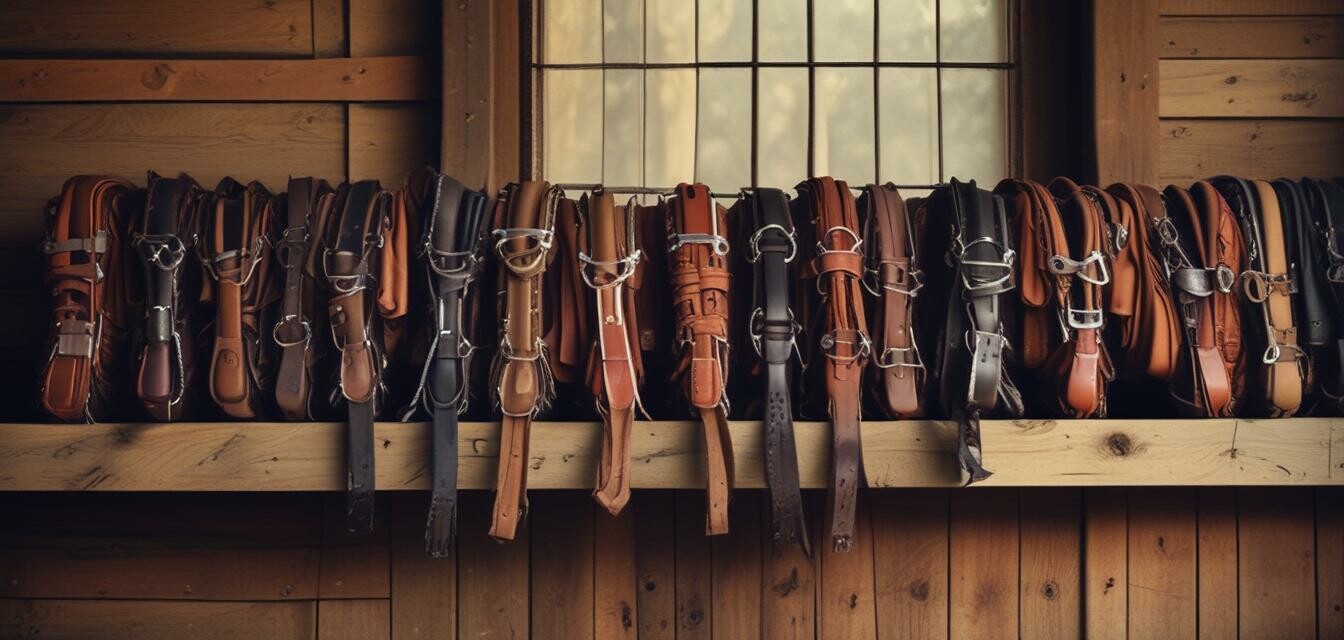
Understanding Different Types of Girths
Key Takeaways
- Girths are essential for saddle fit and horse comfort.
- Different materials offer various benefits, from durability to comfort.
- Choosing the right girth can enhance your riding experience.
- Consider factors like size, style, and your horse's needs when selecting.
Horse riding is not just about the rider; it’s equally about the comfort and well-being of the horse. One key piece of equipment that significantly influences both aspects is the girth. Understanding the different types of girths available can help ensure that you make the right choice for your saddle and horse. This guide will walk you through the various options, materials, and what to consider when selecting a girth.
What is a girth?
A girth is a strap that goes around the horse's belly, attaching the saddle securely in place. Proper girthing is vital for both safety and comfort during rides. An ill-fitting girth can lead to discomfort and even injury, making it essential to understand the choices available.
Types of girths
There are several types of girths available, each designed with a specific purpose in mind. Here’s a brief overview:
| Type of Girth | Description | Best For |
|---|---|---|
| Standard Girth | Basic girth, usually made from leather or nylon, suitable for general riding. | Everyday riding, training. |
| Dressage Girth | Wider design that offers more support and stability for the saddle. | Dressage riding, providing comfort and even pressure. |
| Neoprene Girth | Made from synthetic material, offers breathability and easy cleaning. | Competitive riding or wet conditions. |
| Elastic Girth | Features elastic sections to allow for some give and movement. | Horses that are active or move around a lot. |
| Western Girth | Wider and often made from heavyweight material for larger saddles. | Western riding disciplines. |
Factors to consider when choosing a girth
When selecting a girth, there are several factors you should consider to ensure both comfort and proper fit:
- Material: Choose between leather, synthetic, or elastic based on your needs and horse's preferences.
- Size: Measure your horse to ensure the girth fits correctly. A well-fitting girth prevents slipping and discomfort.
- Style: Different styles cater to different riding disciplines. Make sure to choose one that fits your riding style.
- Horse’s build: Consider your horse’s conformation when choosing a girth. Some horses may require a specific shape to ensure comfort.
Pros of using the right girth
- Improves saddle stability and fit.
- Enhances rider control and efficiency.
- Promotes overall comfort for the horse.
Cons of using the wrong girth
- Can cause discomfort or injury to the horse.
- Might lead to saddle sliding or instability.
- Can affect riding performance due to improper fit.
How to measure for the perfect fit
To ensure you choose the correct sized girth, follow these simple steps:
- Start by measuring the horse's girth circumference, located just behind the front legs.
- Use a soft measuring tape to get an accurate measurement.
- Add a few inches for comfort, especially if using a thicker padding girth.
- Cross-check the measurement with girth sizing charts available from manufacturers.
Conclusion
The right girth is essential for maintaining saddle stability and ensuring both comfort for the horse and effectiveness for the rider. Understanding the different varieties of girths available and how to choose according to your horse’s needs can greatly enhance your riding experience. If you're interested in looking into other gear, check out our Equestrian Gear section or explore Horse Supplies for additional essentials.
Further Reading
For additional information on selecting other key riding equipments, be sure to check out our buying guide on Buying Guides or explore trends in our News and Trends section.
